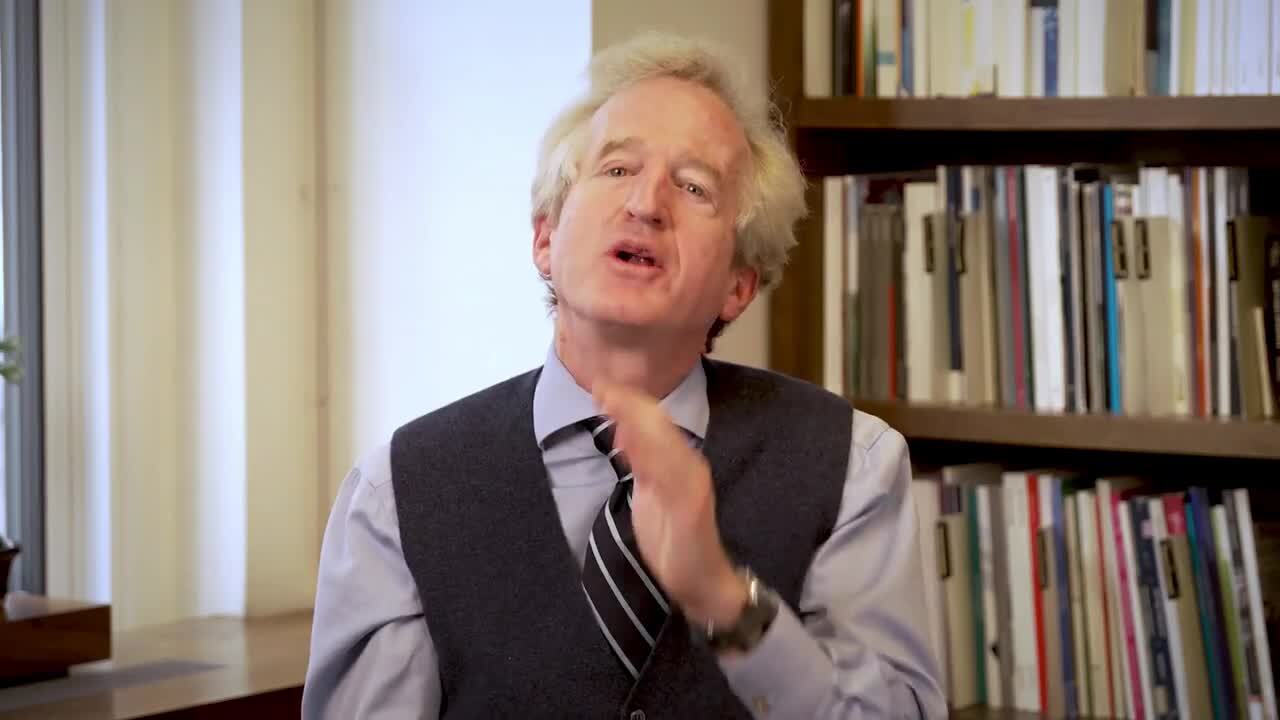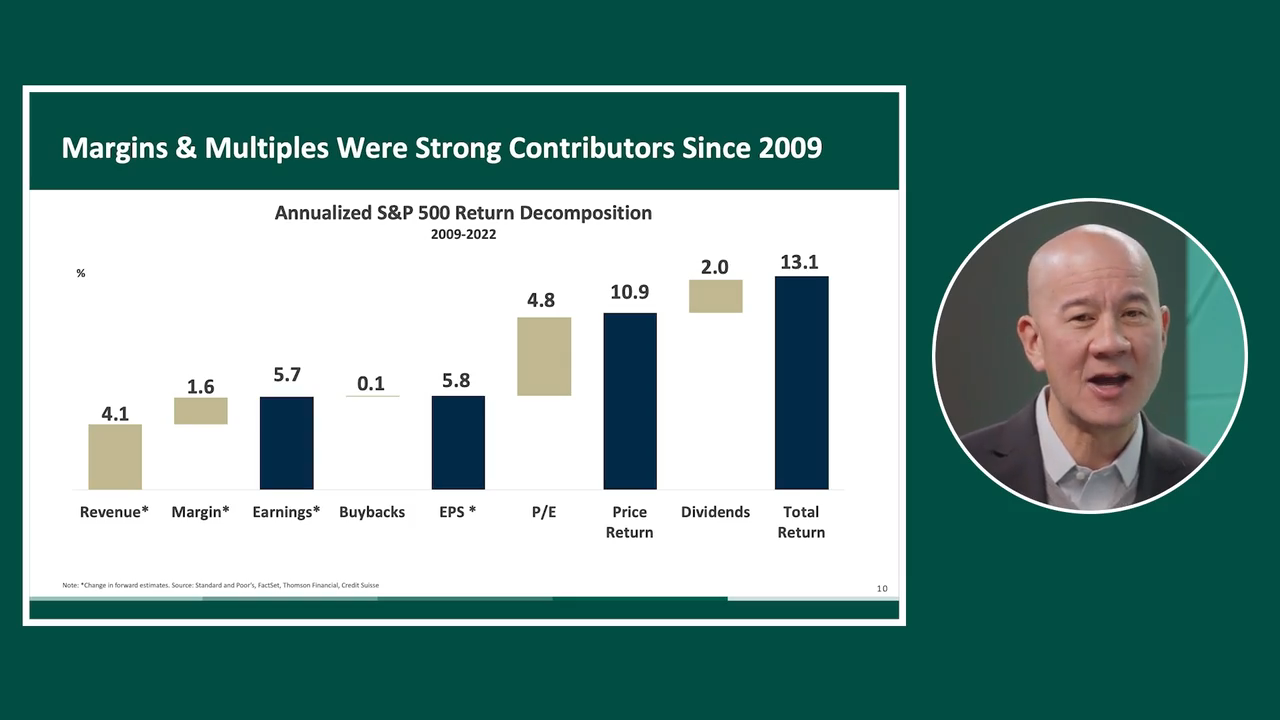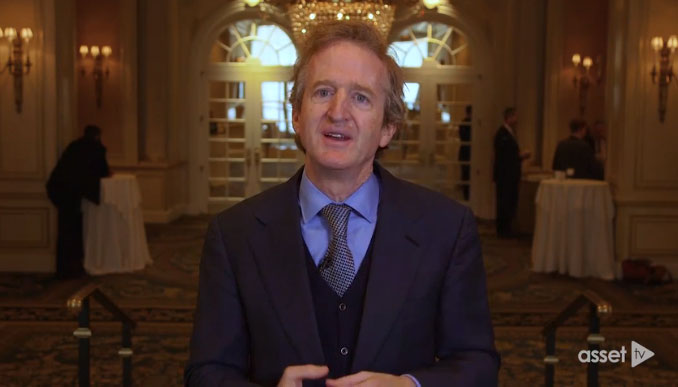The end of the “easy money” era is unwinding the market distortions of the past decade, reinventing the landscape for businesses and investors
Transcript
Chris Davis:
When we talk about normalization, we're not talking about, rates will be higher six months from now or a year from now. What we're really talking about is something that had never been seen in history, which is the cost of money approached zero. It started in the financial crisis, it continued and really accelerated during COVID, at a time when an enormous amount of money was being printed. They used these programs to artificially suppress what would've been the natural consequence.
You can see here, we took a chart all the way back through recorded history. You could take it back even longer, but just to show you how extraordinary this period was. To see short-term rates near zero, long-term rates near zero, this had really never been seen in this level and it created huge distortions. When you think about the cost of money is like gravity, it affects all assets.
Let's talk about what it meant when you just think about the market. You think about when money is free, it puts this enormous and high pressure upwards on valuations. Valuations become open-ended on the upside, provides easy access to capital. You just companies, they could be losing money and just keep coming for more and more capital. Capital has almost no cost. Leverage becomes so cheap that the risks of leverage get hidden. It's inflationary on margins. Danton's going to share some data later about inflation on profit margins that has been a real boost that we don't think is really sustainable.
Meanwhile, that free money reduces risk premium, it reduces the value of investment and expense discipline, it reduces the value of businesses that generate float or make a spread on money, and the opportunity cost of saving money today. Of course, current versus future cash flow, we view those as very different money. The burden, the hand is worth more than two in the bush, but of course if the discount rate is into zero or near zero, you get a real distortion and future hope for cash flow gets really overvalued.
As rates normalize, all of these factors reverse, all of these arrows move in the opposite direction. Valuations come down, access to capital gets reduced. Leverage starts to show its ugly head margin pressure, it starts building, risk premiums go up, investment and cost discipline matters. I would say Mark Zuckerberg's memo when he says this is a new era, we have to have expense discipline. We're seeing that play out in a lot of these new era companies that they now have to have expense and cost discipline. The value of a float, you look at companies like Berkshire, some of our insurance companies that all of a sudden are earning $4 or $5 billion on their float, which before they were earning one tenth of that, they were earning almost nothing just a year and a half ago. Of course, we're seeing this valuation discipline really paying off. The value of earnings that are closer in having a lot of value relative to just hopes and dreams for the distant future.
More Videos

Opportunities in the “Picks & Shovels” of the Tech Sector (1:26)

Rising Multiples Carried the Markets through the “Easy Money” Decade. What’s Next?


